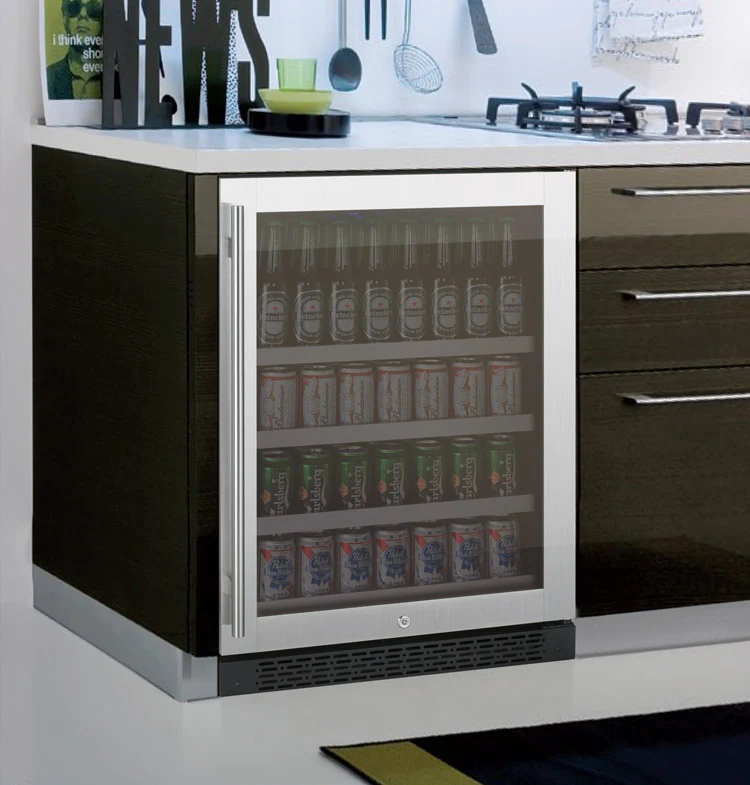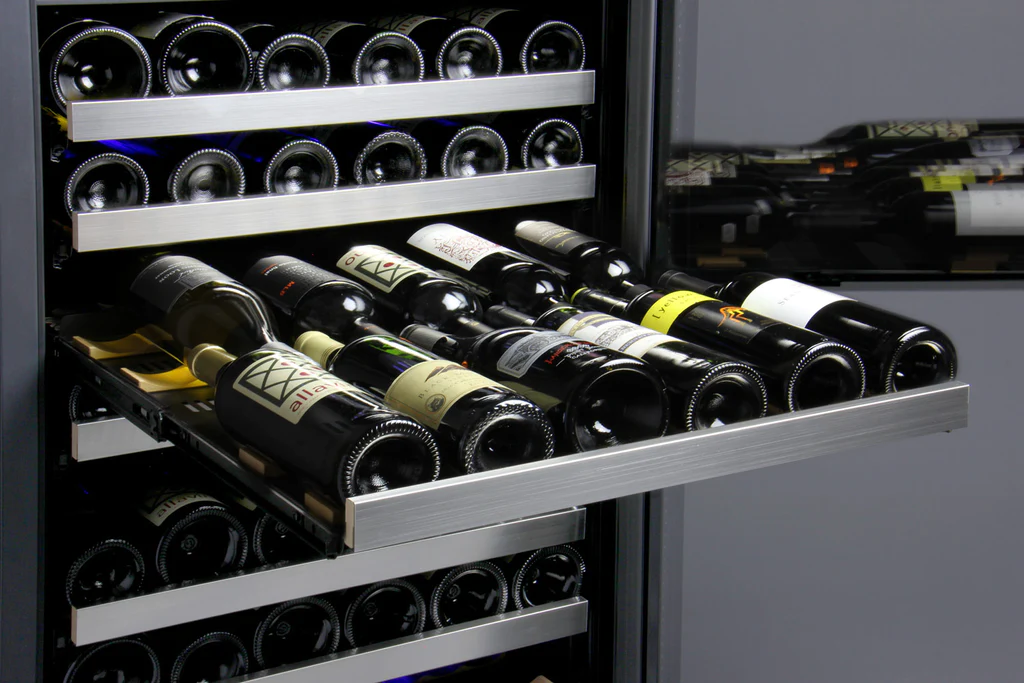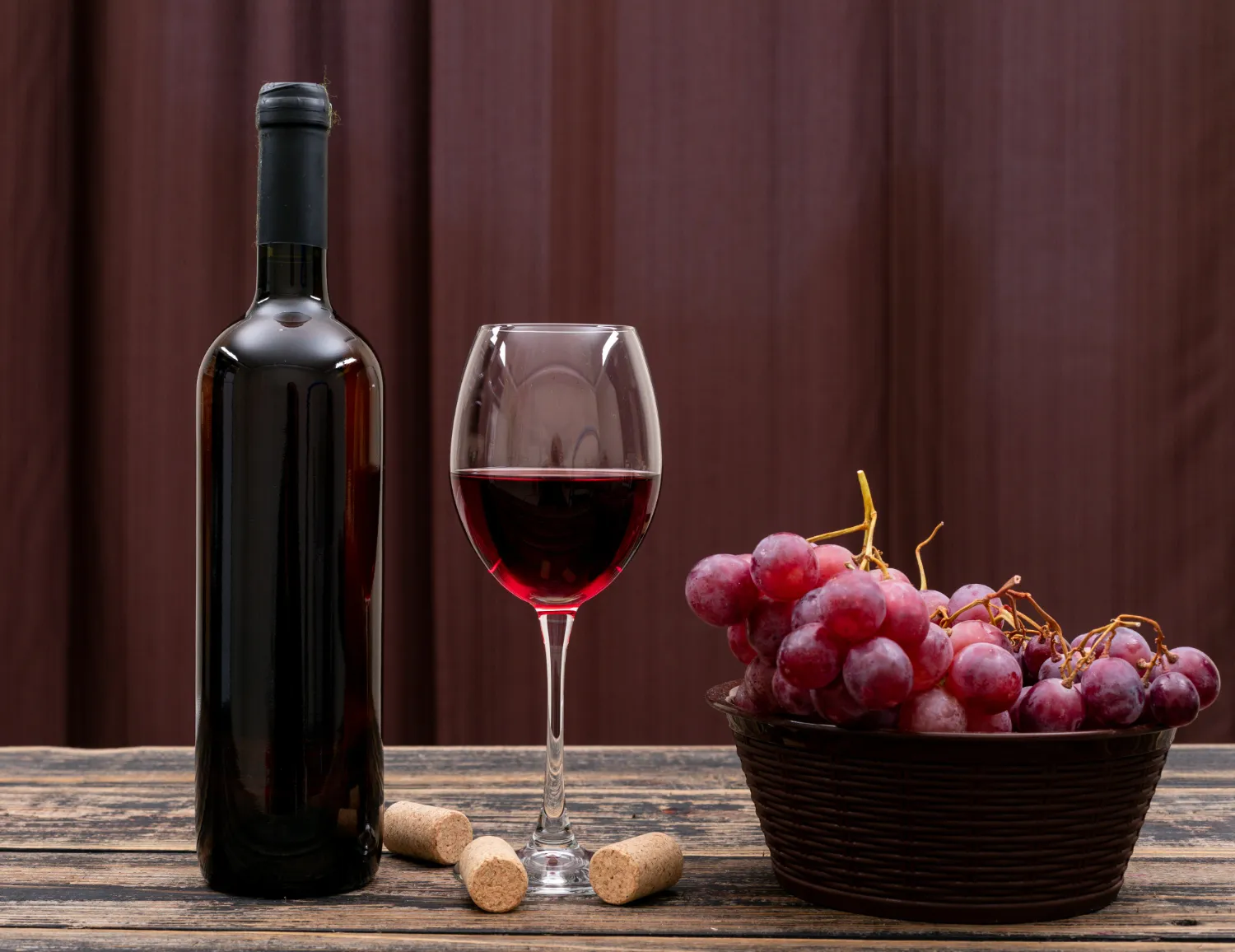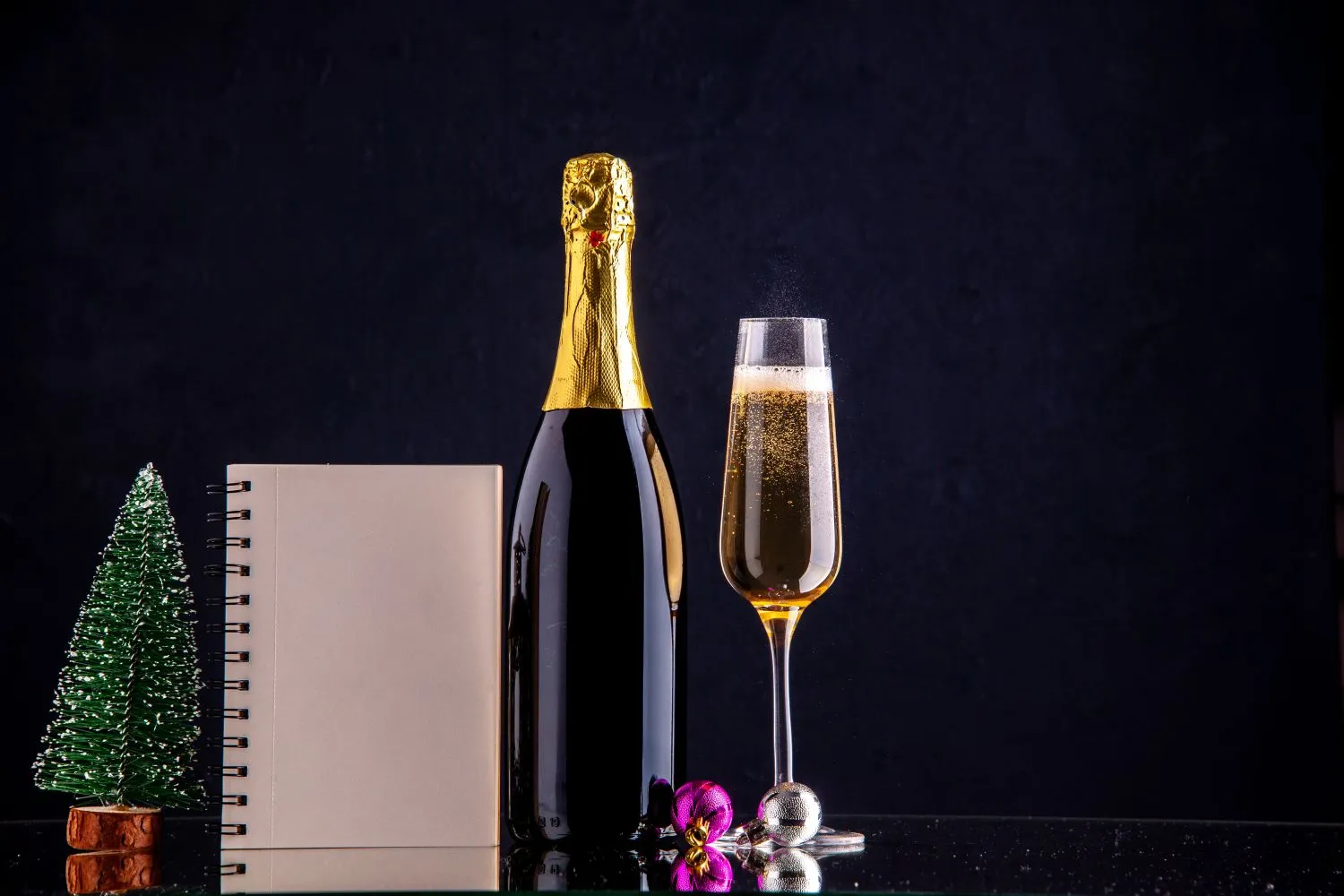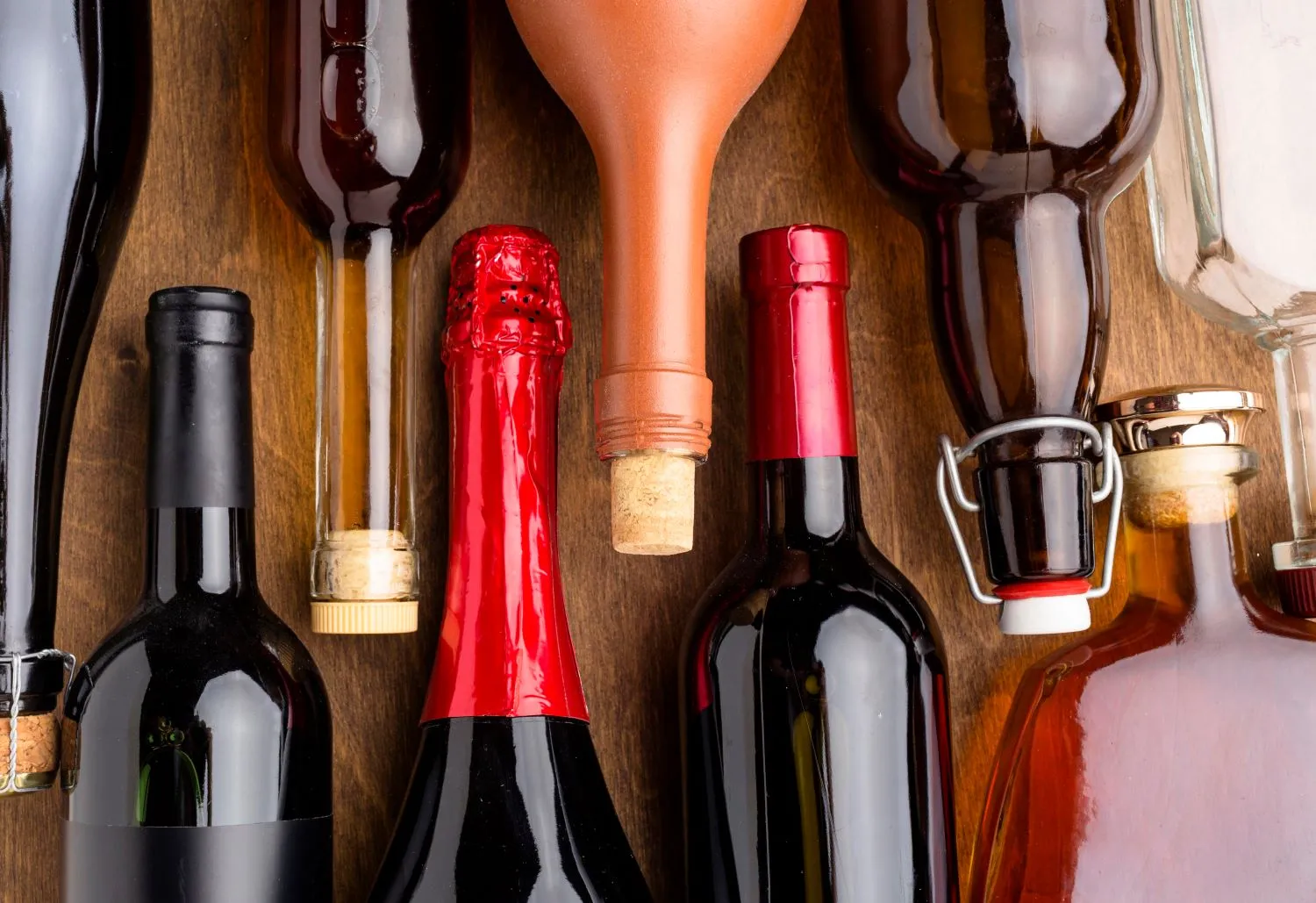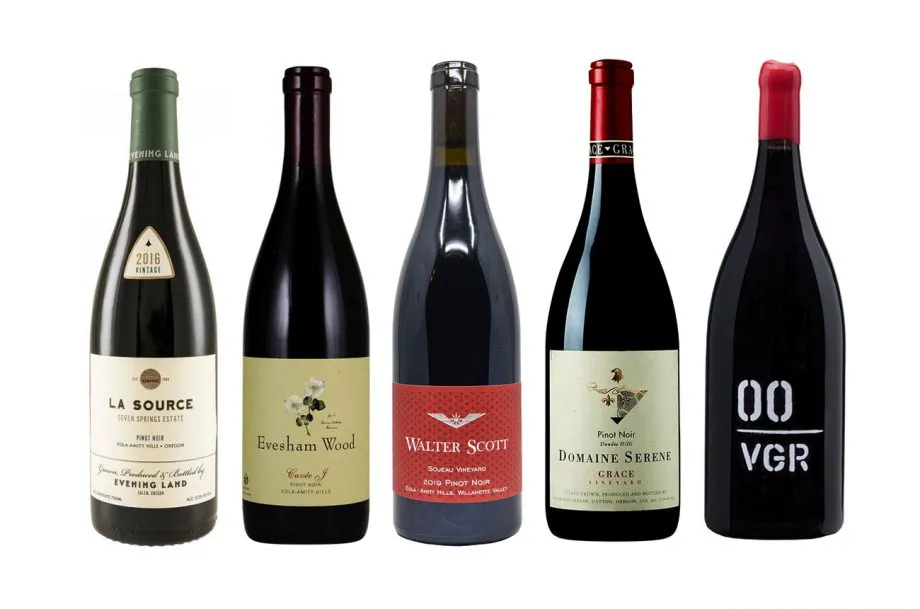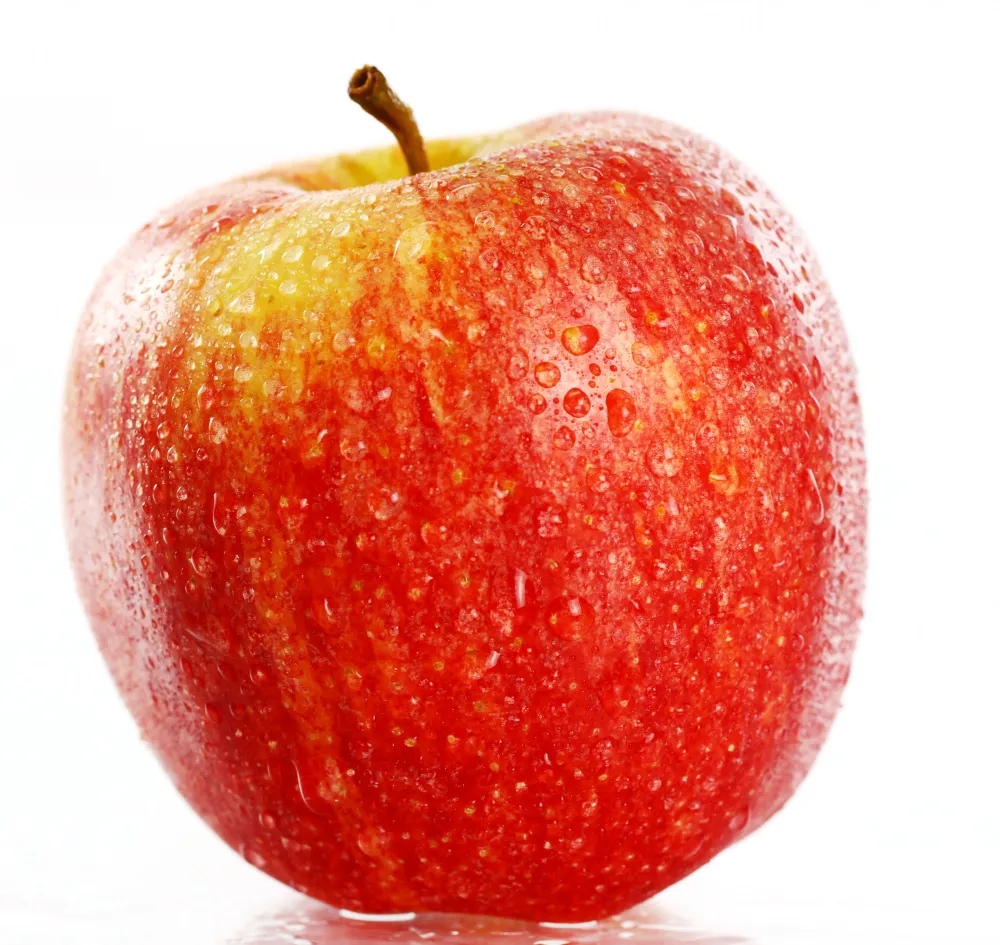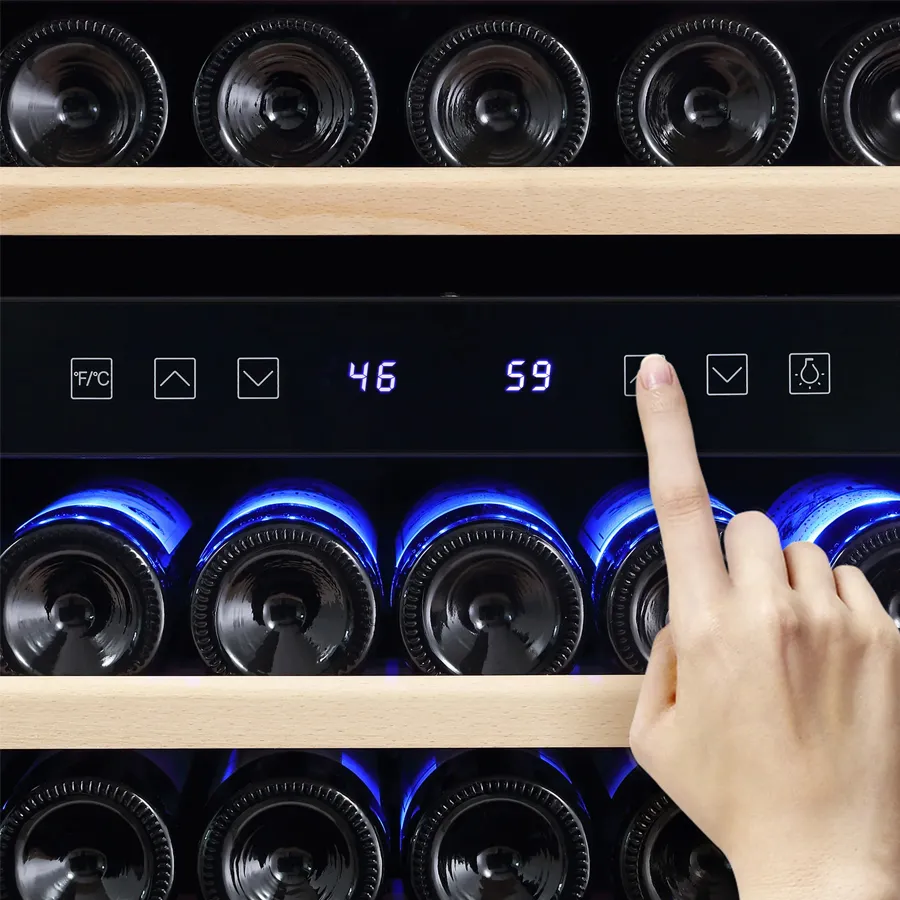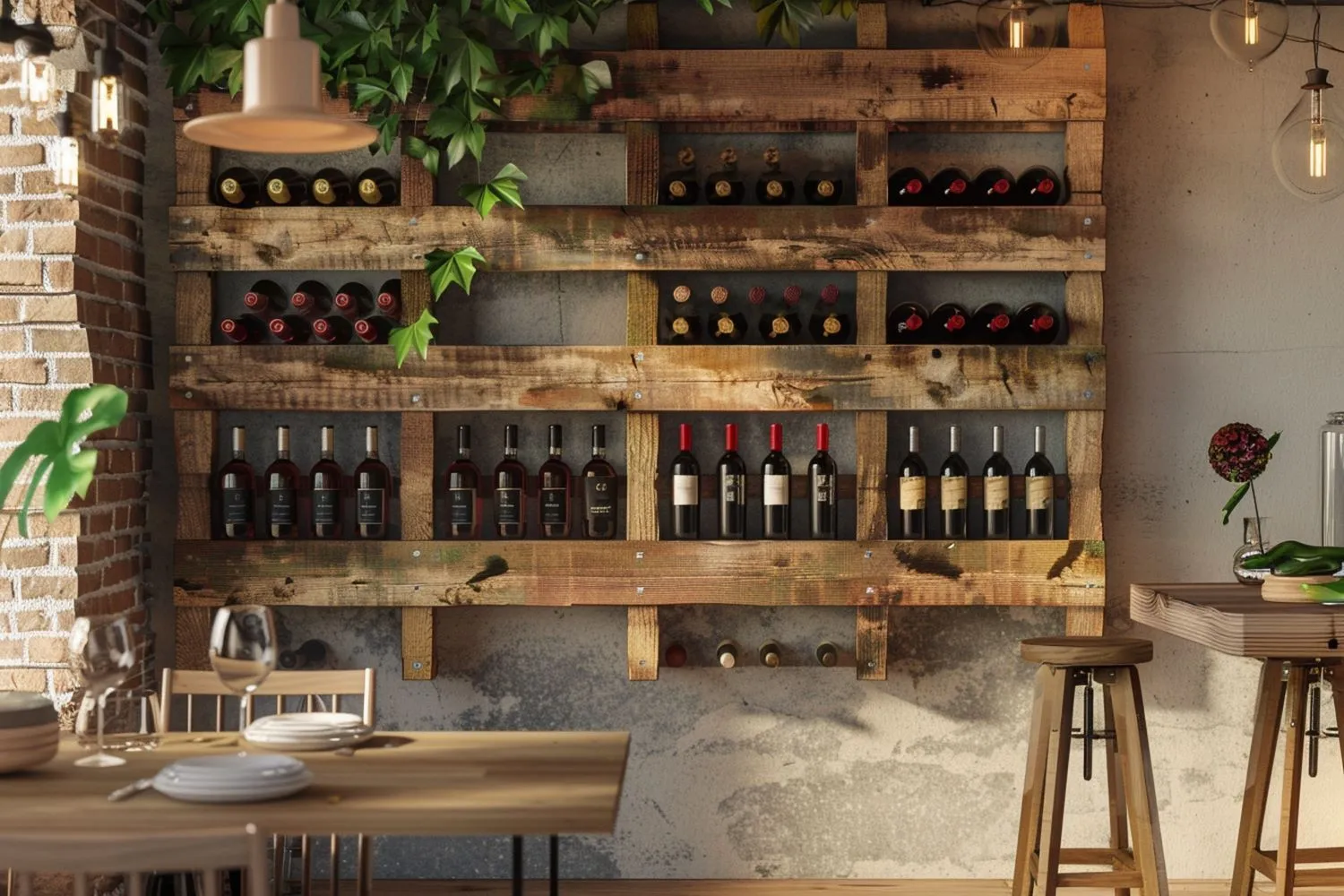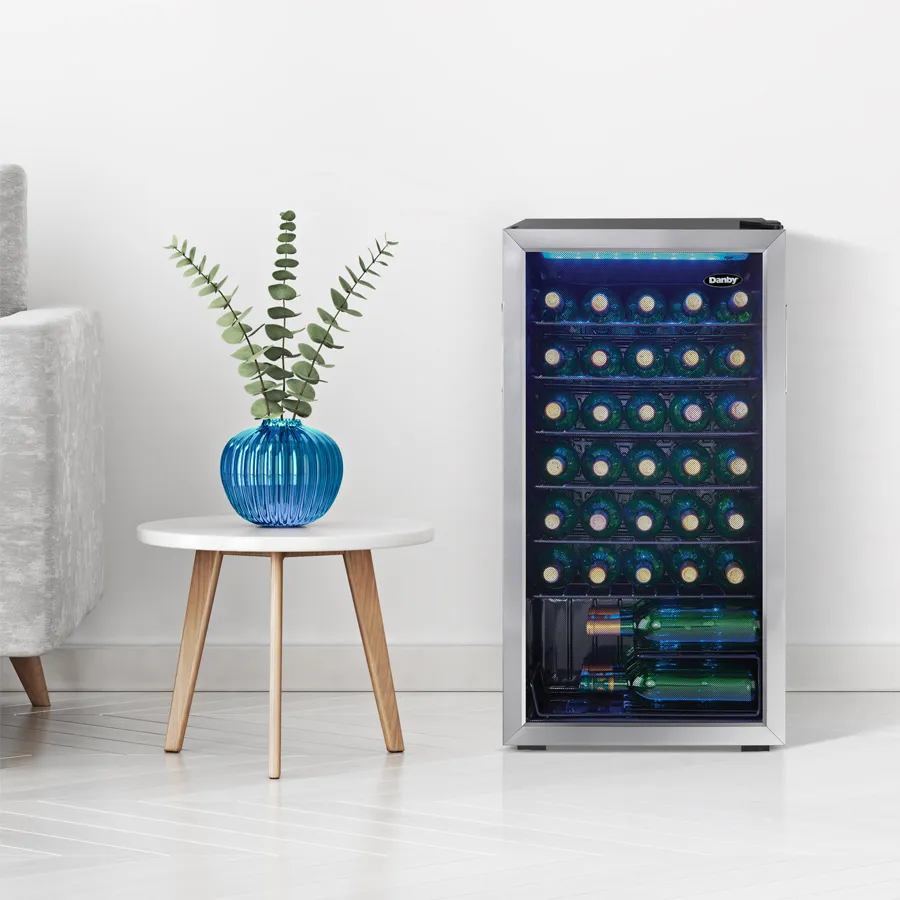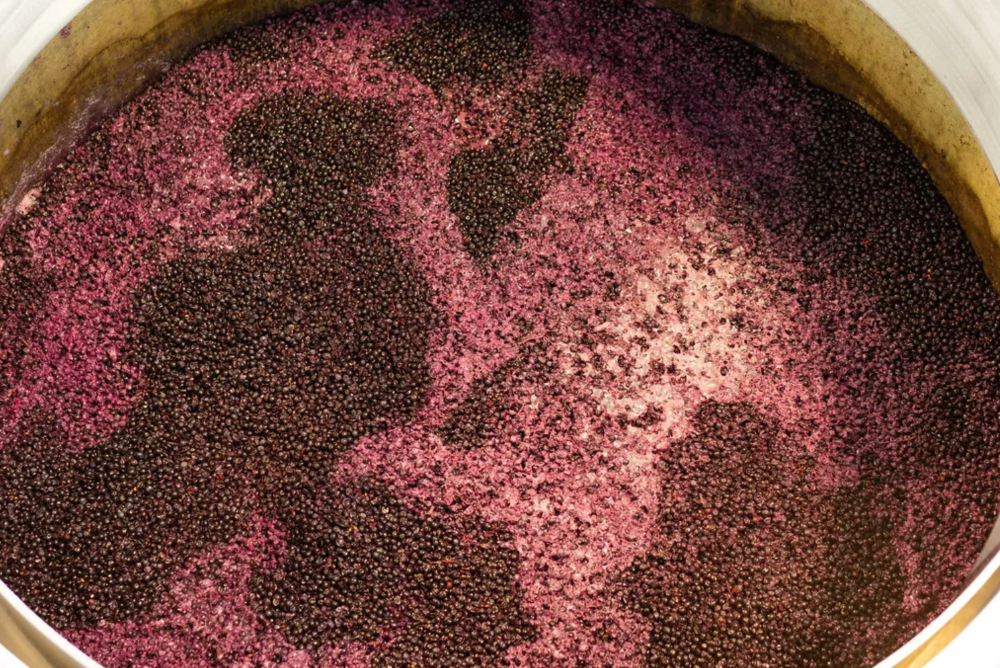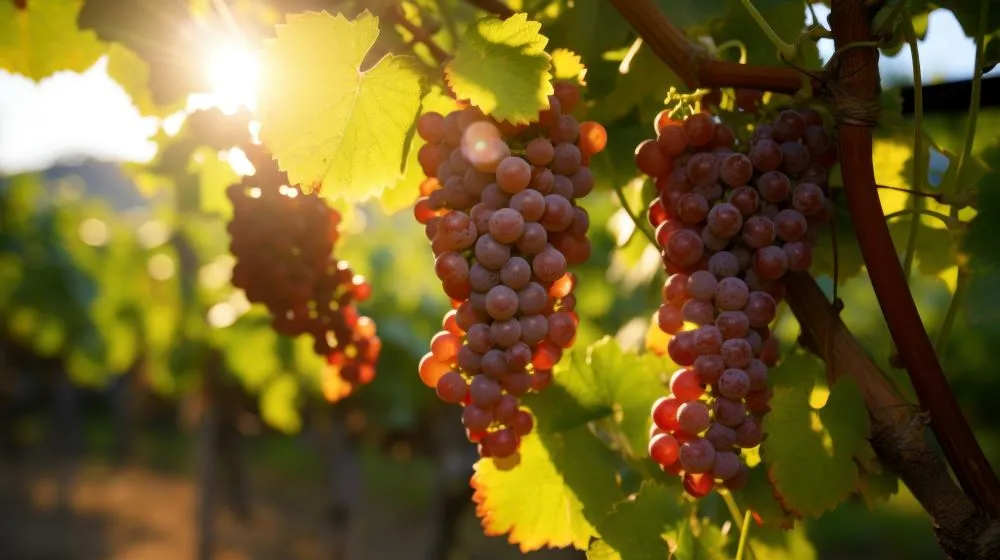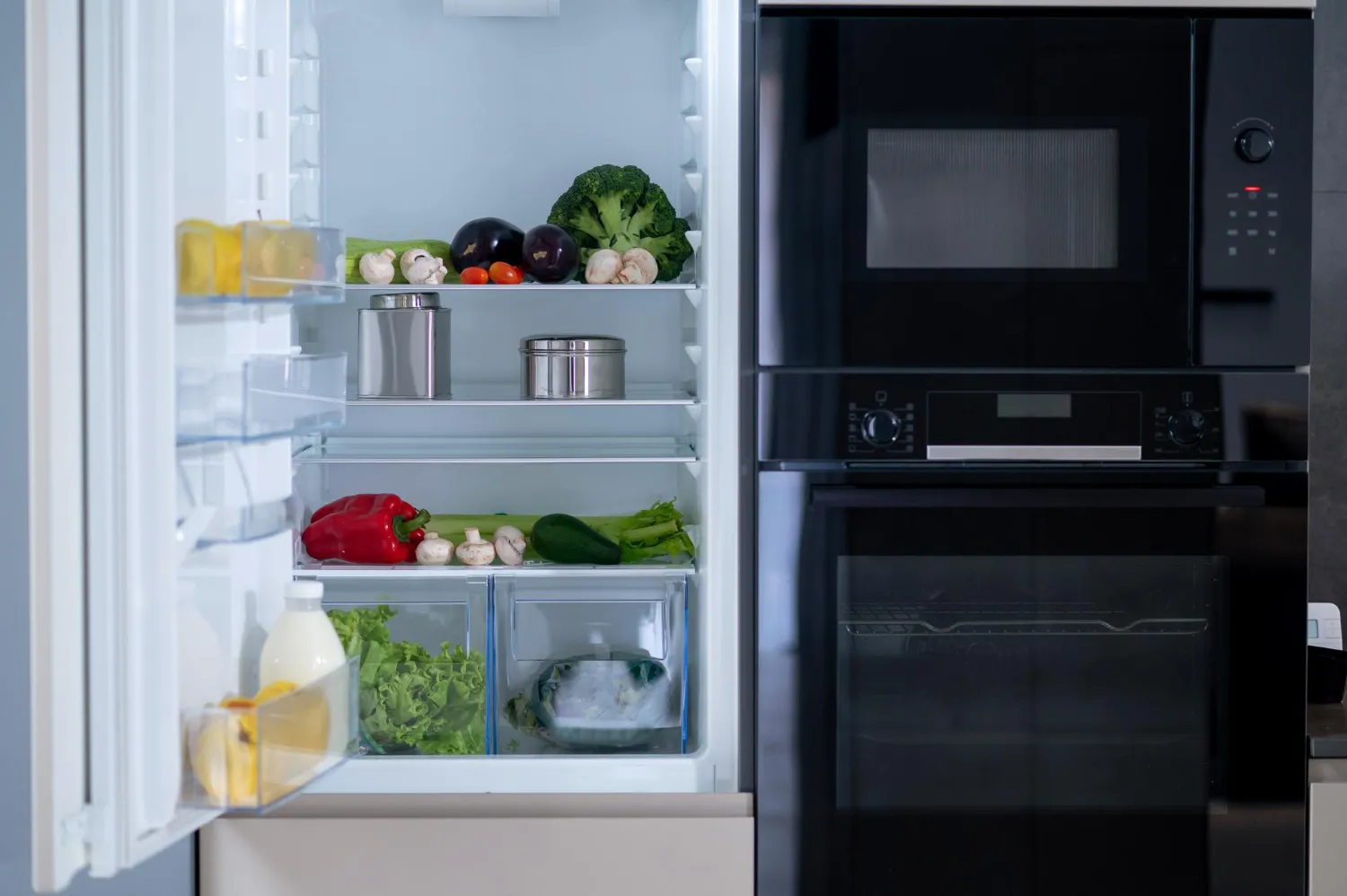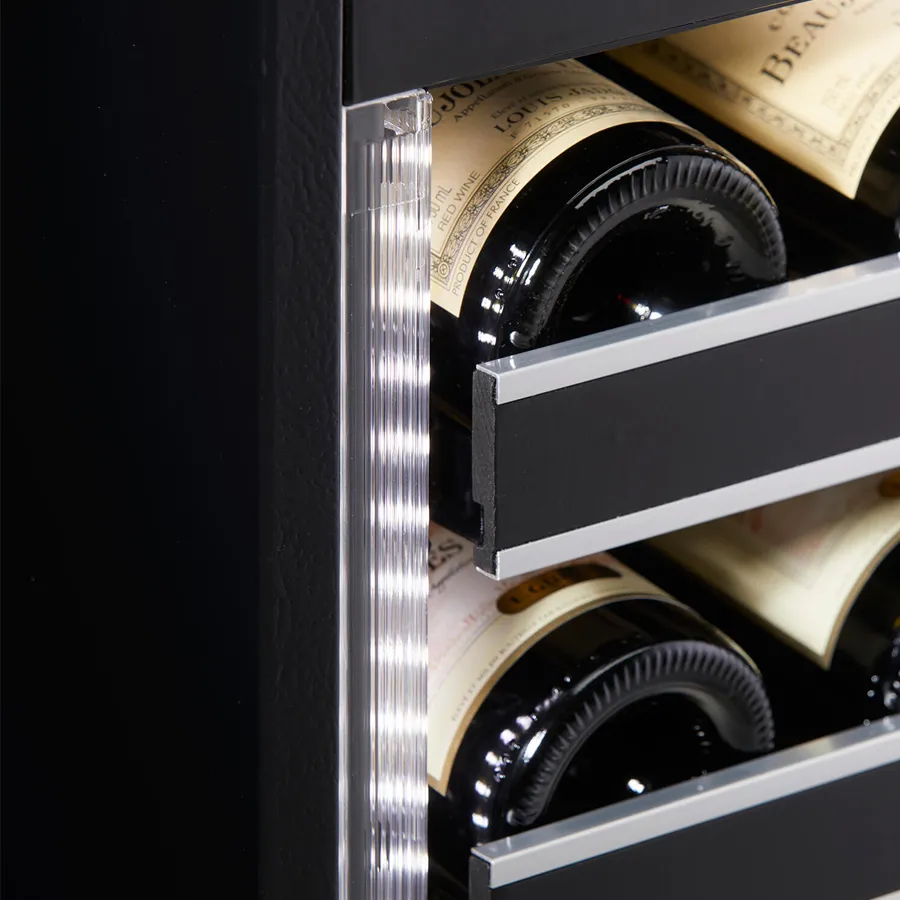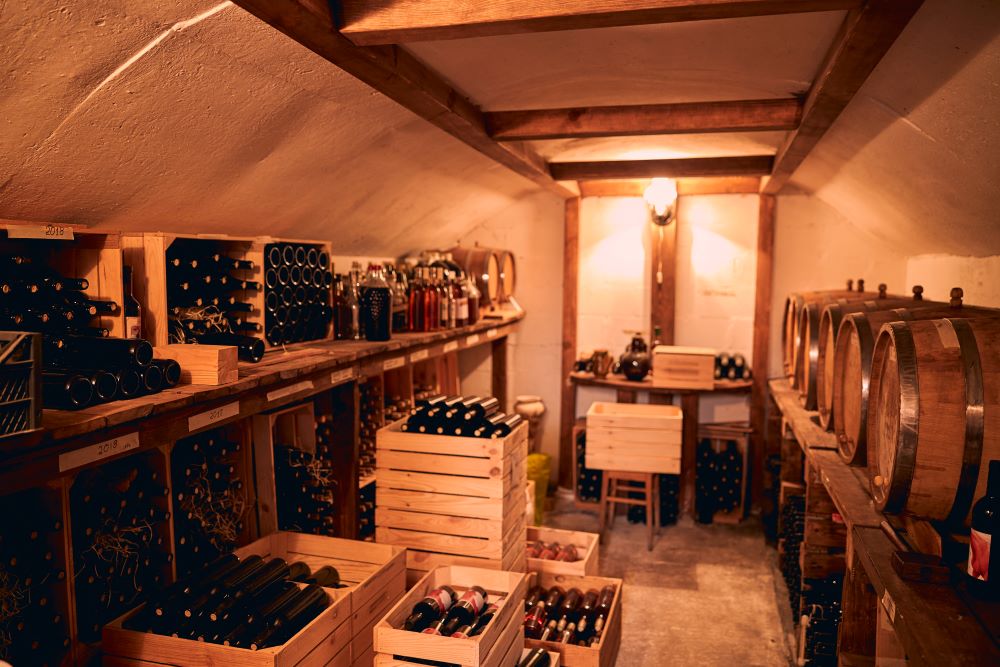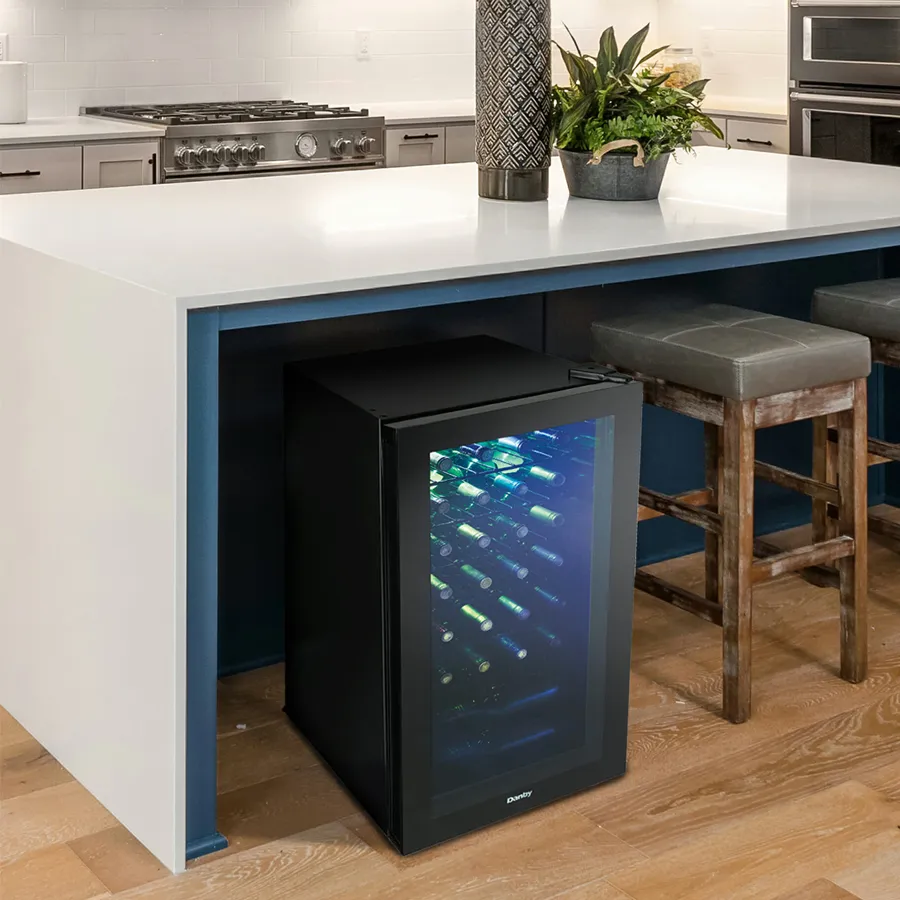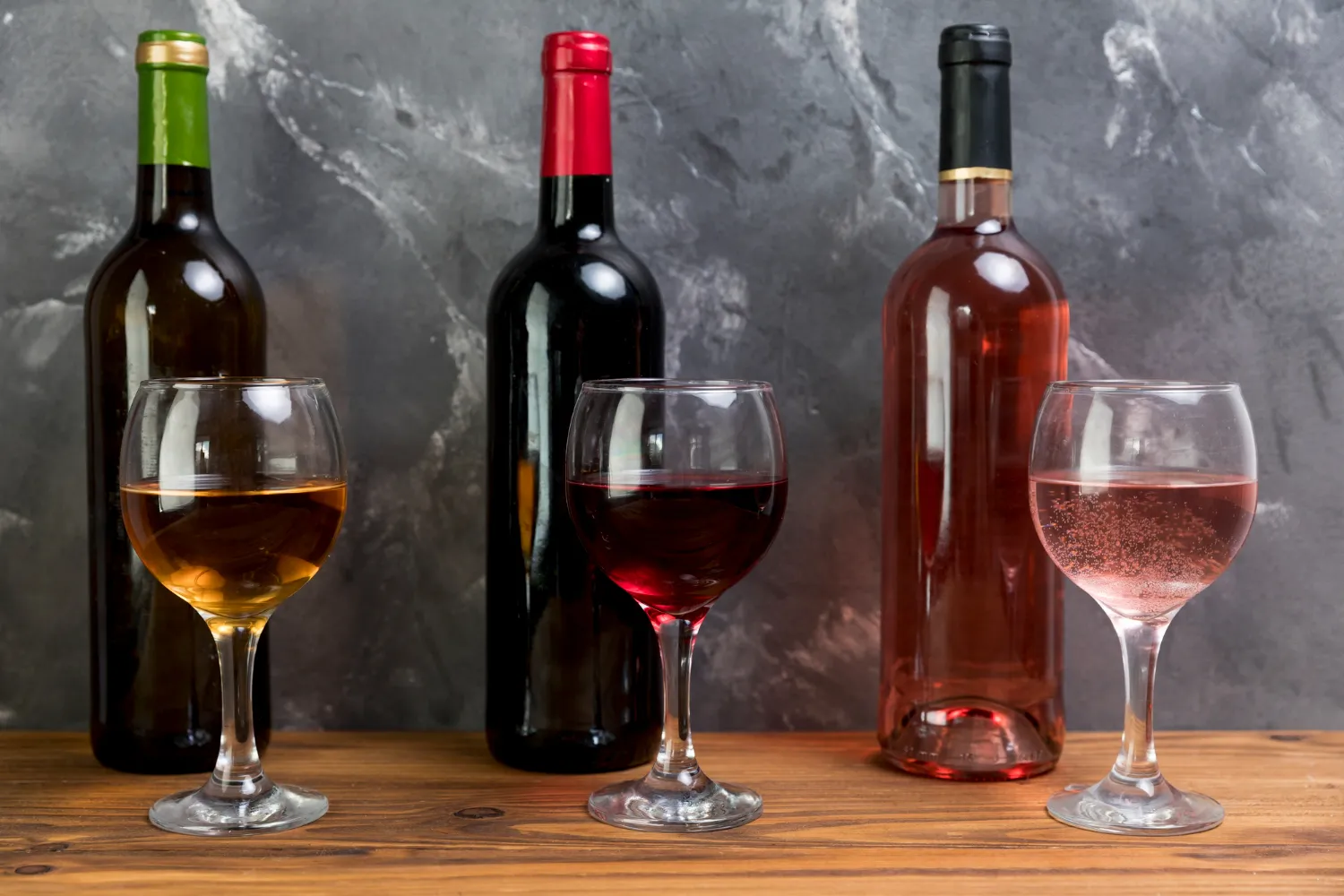Here in the magical world of wine, each bottle tells a tale and each sip is a journey via taste. Join us on an enthralling adventure as we explore the many worlds of red, white, sparkling, and fortified wines, learning the ins and outs of each kind and how to keep them fresh for years to come. Although it’s often believed that wine becomes better with time, that’s not always the case.
Here is a rundown of the many kinds of wine and how long they last:
| Wine Type | Storage Lifespan |
| Red | 2-10 years |
| White | 1-5 years |
| Sparkling | 1-5 years |
| Fortified | 20-100 years |
How to Storing Wines
Red Wines
Picture a velvety red pouring into your glass, promising a rich tapestry of flavors. Red wines, celebrated for their depth and complexity, encompass an array of varietals, each boasting distinctive characteristics. From the bold Cabernet Sauvignon to the delicate Pinot Noir, understanding the intricacies of red wines is the first step toward mastering their storage.
It is essential to maintain a constant temperature in a cold, dark area while keeping red wines. Doing so will aid in the long-term preservation of their scents and tastes. Finally, a little time in the bottle may help red wines with greater acidity and tannin levels soften up and achieve their best sipping potential. The storage lifespan varies based on the type:
- Cabernet Sauvignon: 5-10 years
- Merlot: 3-7 years
- Pinot Noir: 2-5 years
- Syrah/Shiraz: 5-10 years
White Wines
In the world of whites, a symphony of crispness and elegance awaits. Whether you’re sipping on a zesty Sauvignon Blanc or savoring the buttery notes of Chardonnay, white wines bring a refreshing contrast to their red counterparts. For white wines, they can be more delicate than red wines and are generally best enjoyed when they are young and fresh. It’s essential to keep white wines stored in a cool, dark place with minimal exposure to light and temperature fluctuations to maintain their crispness and fruitiness. White wines, celebrated for their freshness and versatility, have different storage considerations compared to their red counterparts:
- Sauvignon Blanc: 2-4 years
- Chardonnay: 3-5 years
- Riesling: 3-5 years
- Pinot Grigio: 1-2 years
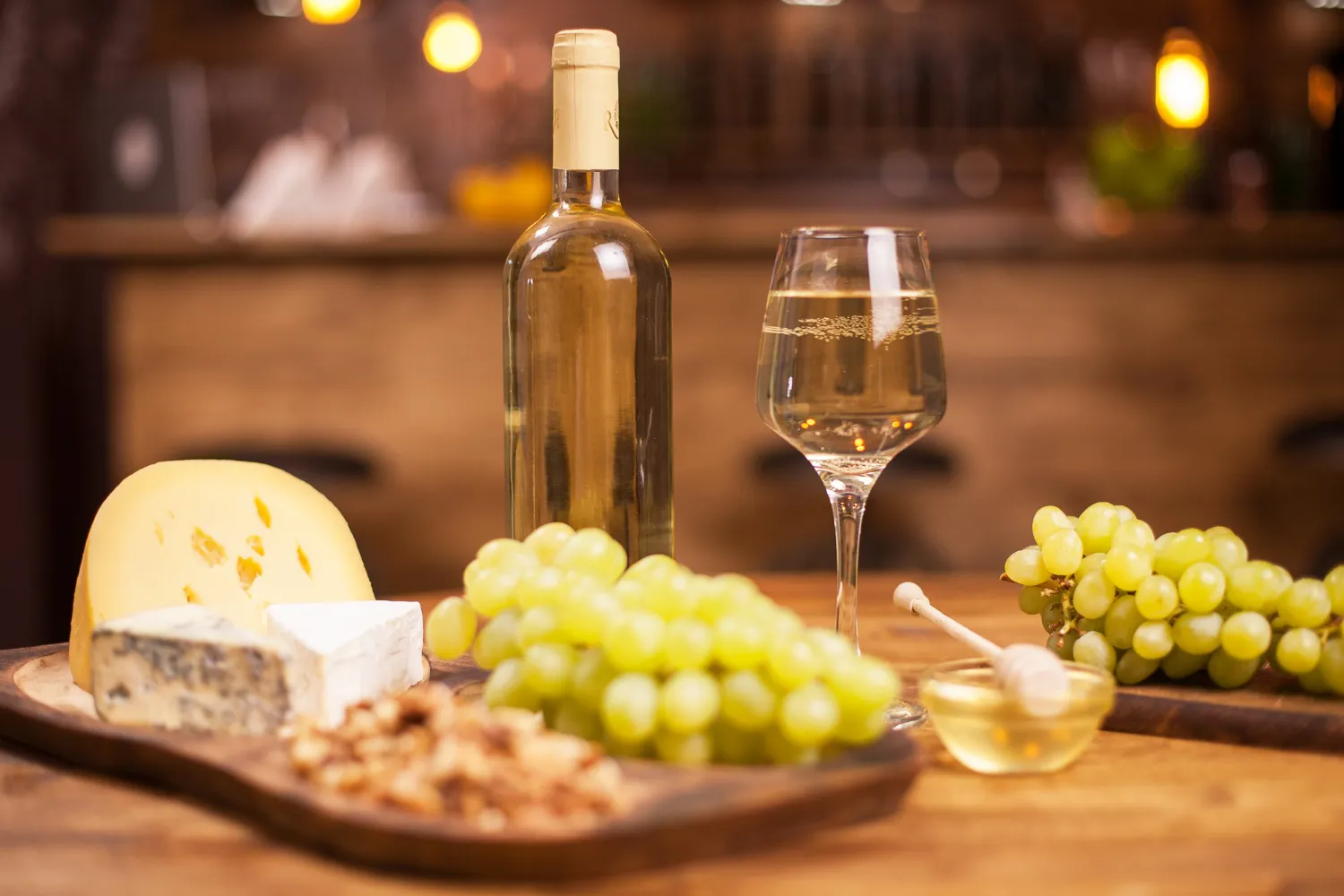
In general, white wines are best savored when they are young and fresh since they are often more delicate than red wines.
Sparkling Wines
To avoid sparkling wines like Prosecco or Champagne from oxidizing too quickly, store them in an upright position and at a cool temperature. The corks of sparkling wines may be pushed out and air can leak in due to the high pressure of the bubbles, which can impact the quality and flavor. Effervescent and celebratory, sparkling wines have a unique storage requirement. Lifespan varies based on the type:
- Champagne: 3-5 years
- Prosecco: 1-2 years
- Cava: 1-3 years
Fortified Wines
Fortified wines, such as Port and Sherry, are known for their long storage lifespans. This is due to their higher alcohol content and often exposure to oxidation during production, which gives them the ability to age gracefully for many years. It’s crucial to keep them in a cool, dark place and store them upright to prevent the deterioration of the cork. Fortified wines, with their added spirits, often have a longer shelf life:
- Port: 10-50 years, depending on style
- Sherry: 1-5 years, with Fino and Manzanilla best consumed young
- Madeira: Virtually indefinite, improving with age
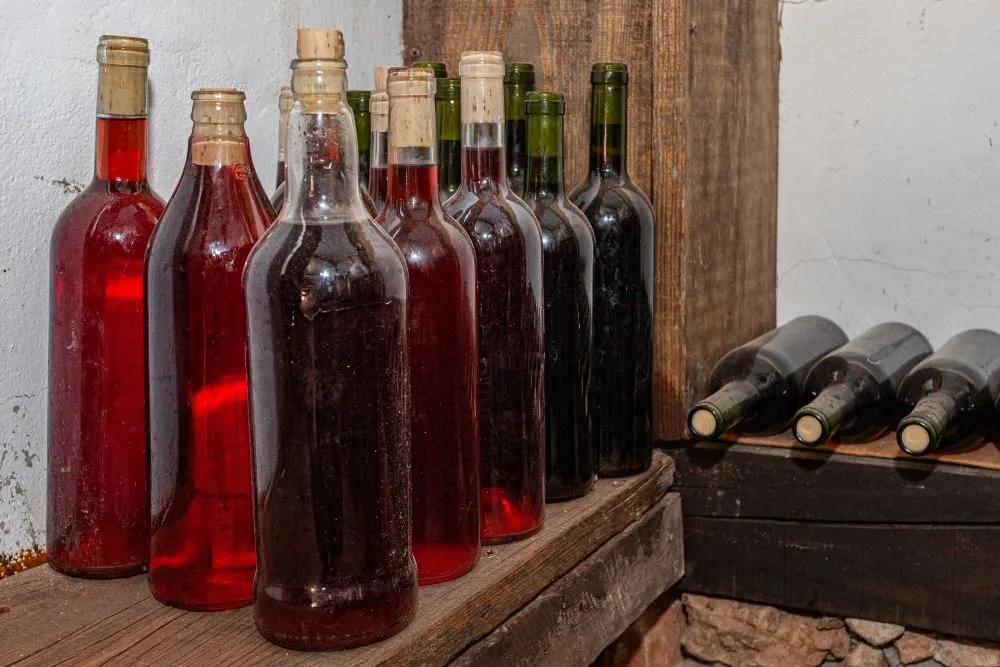
Port and Sherry, two examples of fortified wines, have a reputation for having an exceptionally extended shelf life.
When to Drink: Recognizing Peak Maturity
Knowing when your stored wine has reached its peak maturity is crucial for enjoying it at its best. Some wines are meant to be consumed young, while others improve with age. It’s essential to understand the aging potential of the wine you’re storing in order to drink it at the right time. Pay attention to the aging recommendations provided by the winemaker and consider seeking professional advice if you’re unsure about when to drink your stored wine. By recognizing the peak maturity of your wine, you can savor it at its best and fully appreciate its flavors and aromas.
Conclusion
You may tailor your wine collection to your tastes by learning how long various grape kinds last. To keep your wines in pristine condition for as long as possible, it is essential to store them in an environment with a constant temperature and humidity level. Savor the moment and the unique trip each bottle provides to your glass when you uncork a strong red, a crisp white, a sparkling favorite, or a fortified treasure.

